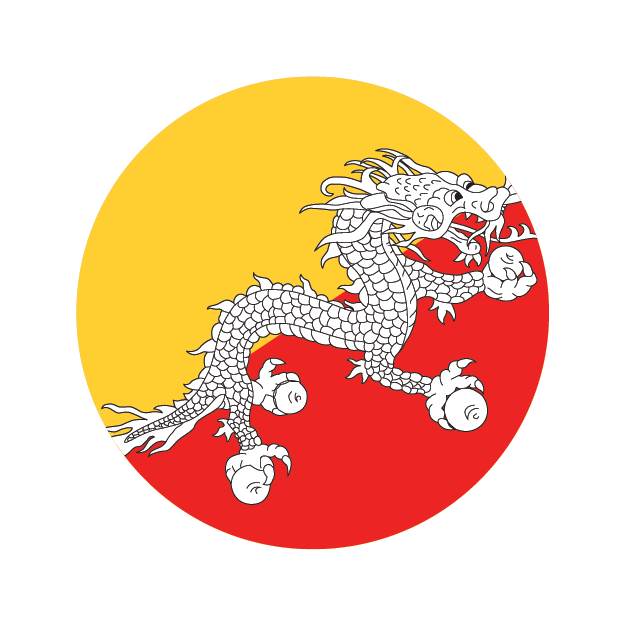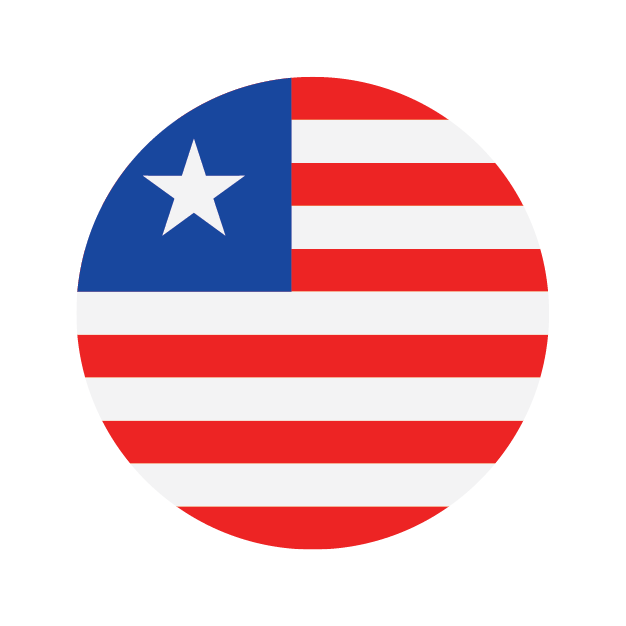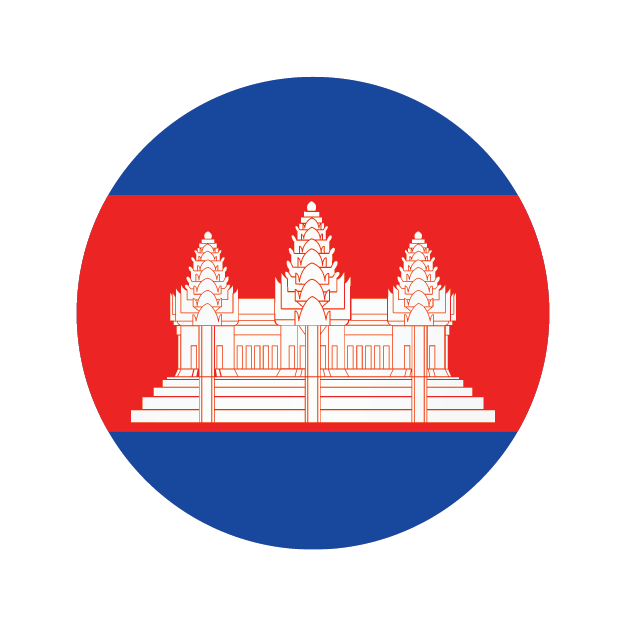HCWM – Expanded Costing Analysis Tools (ECAT) – high-income countries
30.11.2009
Allocating insufficient financial resources to manage HCW properly has an even greater financial cost in the medium and long term in terms of morbidity and mortality as well as environmental damage, that will, in the end, impact negatively on peoples’ health. The expanded costing analysis tool (ECAT) is a modified version of the cost analysis tool (CAT) and provides more options and approaches than the CAT. It was created to help the user estimate costs related to health care waste management (HCWM) at the health care facility (HCF), central treatment facility or cluster, and national levels.
This tool consists of 3 excel sheets for the calculation of 1. low, 2. medium and 3. High-income countries. This one is the one for high-income countries. The structure is the same:
• Input (Facility, cluster and national levels): Enables user to input required data
• Assumptions (Facility, cluster and national levels): Lists assumptions used in the costing tool
• Small HCFs: Calculates HCWM costs for small health-care facilities
• Medium HCFs: Calculates HCWM costs for medium health-care facilities
• Large HCFs: Calculates HCWM costs for large health-care facilities
• Clusters : Calculates HCWM costs for cluster or centralized treatment facilities
• National: National level Calculates HCWM costs at the national level
• Results (Facility, cluster and national levels): Shows results of the calculations
• Summary: Provides graphs and tables



